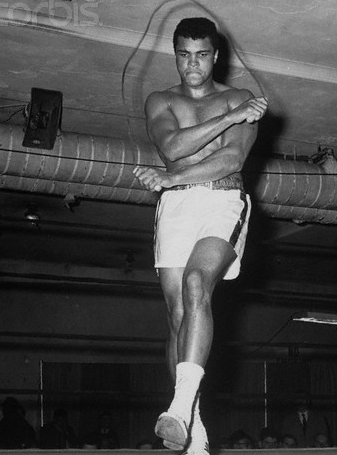Whether through injury or boredom, doing only running as your sport of choice for sustained training periods will bite you in the bum eventually.
Enter cross-training, the magical antidote for monotony!

NOTE: Cross-training will not make you a better runner! The principle of specificity dictates that you must run more to be better at running.
By adding more than one sport to the mix, you can expect to see:
- Improved muscle flexibility and strength
- Less boredom during your training regimen
- More non-running friends willing to talk to you
- Overall improvements in your aerobic fitness, even more so if you have not been training at all recently
The following activities have been my personal holiday from running, while still having a clear running benefit. Choose, explore, have fun!
Swimming

Ah yes, the mother of all cross-training activities. Grab your swimsuit & goggles and try not to drown in your local pool 🙂
Runner-perks
- Sweet sweet recovery. Swimming soothes your sore legs so you can get back to running faster.
- Upper body muscles get some attention.
- The reduced gravity and cooling effect of water lower your heart rate by about 15-20 beats per minute. Going hard in the pool thus means easy running on land.
Personal experience
I have sampled deep water running, but it did not really grow on me. Doing a couple dozen laps of breaststroke was my go-to recovery swim workout until I made a shocking discovery: I had lost the ability to do crawl for more than 50 meters!
To wash away the shame, I started following the Speedo freestyle swimming schedules for total beginners, intermediates, and performers!
Bouldering

Are you tired of seeing people wear shirts? Looking for a great way to be active and socially active at the same time? Chalk up at your local boulder gym!
Runner-perks
- Expect to use your core and hip muscles in a whole new way.
- Those far away holds will incentivize you to become more flexible. Yoga stretching two meters above the ground is cool.
- Much like during core work, your heart rate jumps up during difficult dynamic moves. I saw spikes equal to roughly 10K racing heart rate climbing at maximum intensity. Think of it as colorful anaerobic training in tiny doses.
Personal experience
I started bouldering to see if it could replace doing regular core work and hip exercises. It did not. After nursing my ITB-injury back to health I now have a new recipe for bouldering as a runner:
- Enter your bouldering gym and start by doing 20-25 minutes of core and hip exercises.
- Warm-up with 2-3 easy routes to activate your climbing memory.
- Do a 4×4 routine at the appropriate difficulty level (2-4 grades under your max): climb up and down 4 achievable problems in a row, then repeat the cycle 4 times with a 4-minute breather in between.
- If you still have some energy left after the 4×4, work on a harder project.
- Cool-down with 2-3 easy routes to relax your muscles again.
Rope Jumping

Muhammad Ali, aka The Greatest, frequently used a jump rope to get in shape for fights. While you should not need a good left jab to finish a marathon, getting fast feet is reason enough to get your jump on.
Runner perks
- It is incredibly exhausting cardio. Seriously, try jumping fast for 3 x 3 minutes. Feel those calories escape your body at 200-300 calories in a 10-20 minute interval (depending on your revolution speed).
- Lower impact on your joints than running means you can jump rope with a knee injury and still be fine.
- Neuromuscular adaptations without observable muscular hypertrophy. Rope jumping 3-4 times a week will not get you massive calves. Instead, it will make you run more efficiently by priming you to land on the balls of your feet. A faster jumper is also a faster runner.
Personal experience
My recent knee injury and over supination issues led me to this low-cost miracle. At least three times a week, you can spot me doing:
- 20 single leg jumps, adding 10 per week and maxing at 60.
- 20 double leg jumps, adding 10 per week and maxing at 60.
- 10 hops forwards then backward.
- 10 hops left then right.
- 10 hops crisscrossing legs.
- 20 alternating single leg jumps (TURBO MODE), adding 10 per week and maxing at 60.
I repeat this entire set 3 times with a 1-minute breather in between.
Cross-train well,
Simon

